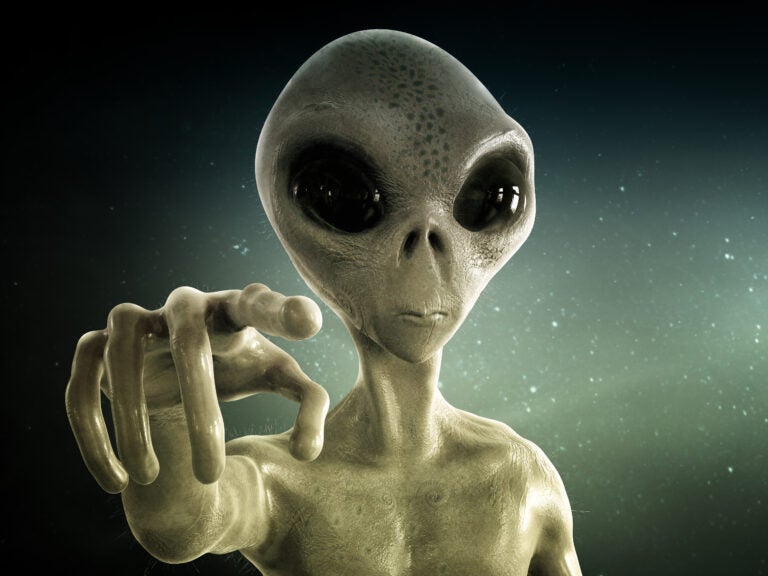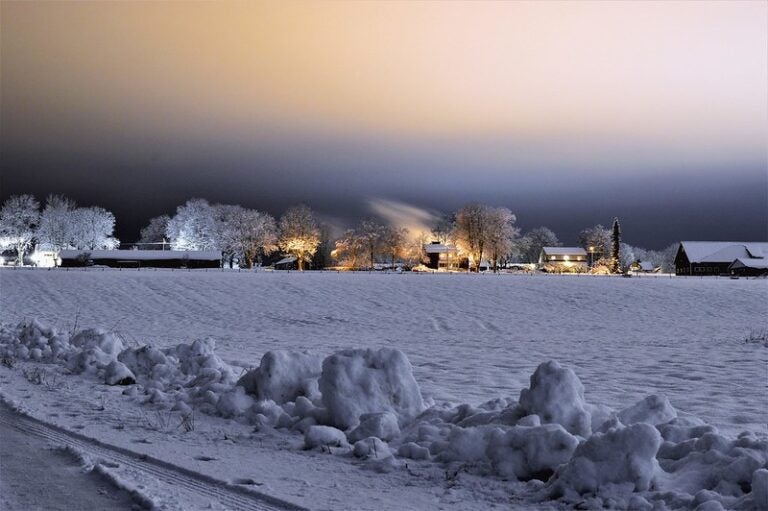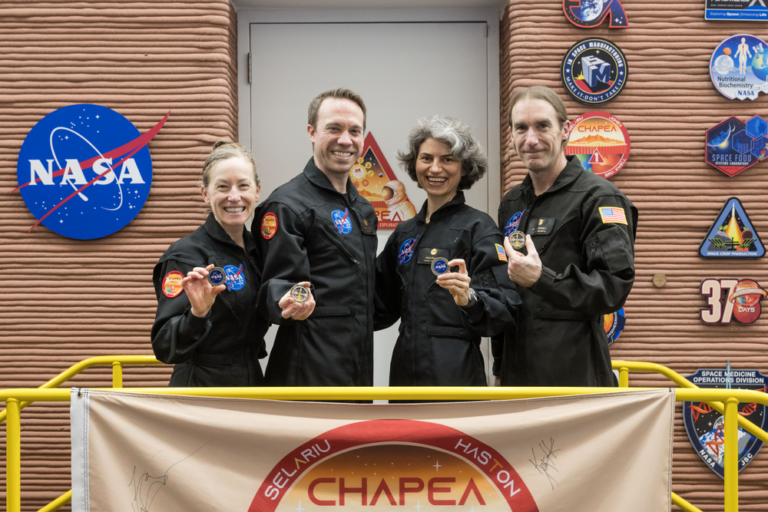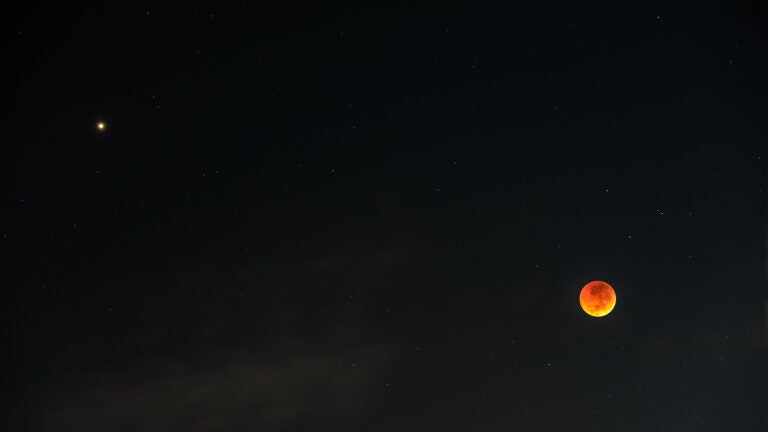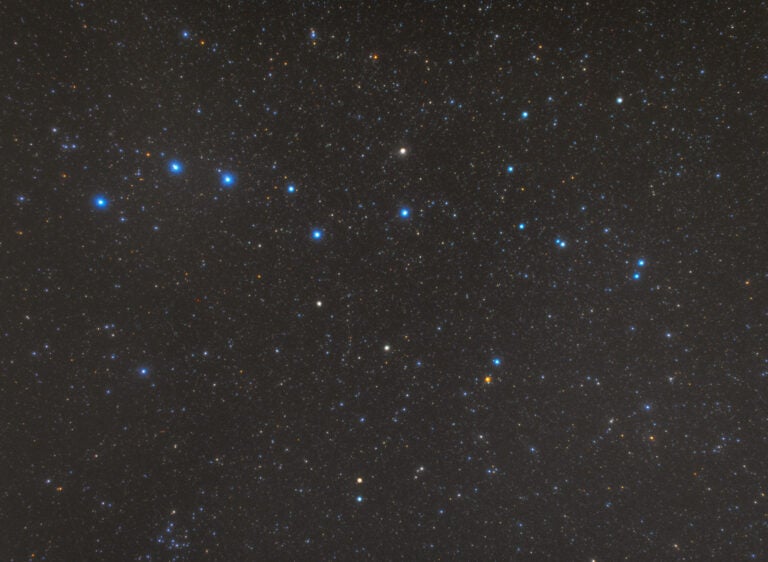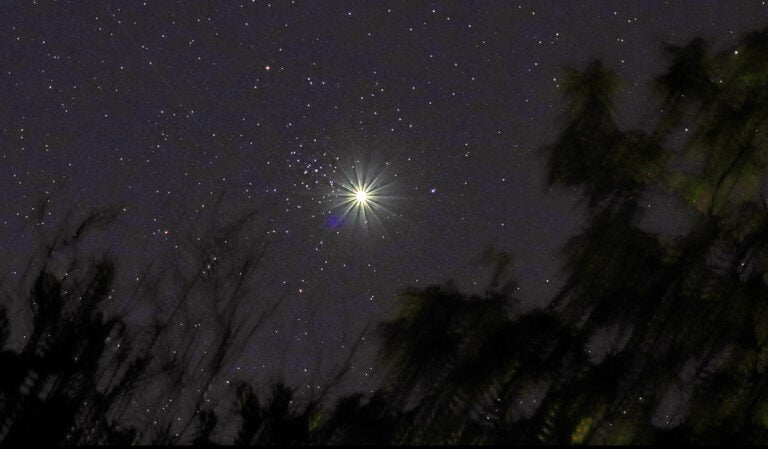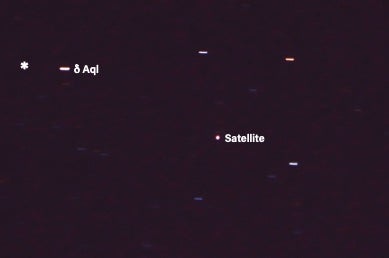
In a 1952 Journal of Criminal Law and Criminology article titled “Importance of Observation in Law Enforcement,” Raymond A. Dahl, then director of the Police Training School of the Milwaukee Police Department, encouraged officers to improve their observational faculties by constantly exercising them, and to fix details in mind until a scene becomes familiar. Observers can help themselves, Dahl wrote, by asking, “What attracted my attention?” He added, “Constant repetition is the only way to perfection.”
Dahl’s advice applies equally well to visual astronomy. Repeat observations in our own visual patrols are the steppingstones to boosting confidence levels and chances for good fortune.
Take, for instance, English astronomer George Alcock (1912–2000), the pioneering visual nova hunter who spent thousands of hours familiarizing himself with some 30,000 stars in the Milky Way. This baseline knowledge allowed him to discover five novae with naked-eye observations from 1967 to 1991.
Familiarizing ourselves with the night sky can also open our eyes to other fantastic phenomena. Case in point: On the evening of Sept. 16, 2022, my wife Deborah and I were relaxing on our deck in Maun, Botswana. Around 7:11 p.m., about four minutes into the start of astronomical twilight, I looked up to Aquila the Eagle, only to rub my eyes in disbelief. Just a few arcminutes northwest of 3rd-magnitude Delta (δ) Aquilae shone a 4th-magnitude celestial “stranger,” to use the words of Alcock.
I waited about 30 seconds. When the star did not appear to move, I dashed inside and grabbed a pair of 8×42 binoculars. Given that Aquila lies in a rich swath of Milky Way, my thoughts turned to novae. The binocular view revealed the “new star” shining with a bold orange hue. Wanting to share the view with Deborah, I handed her the binoculars. But to my dismay, the object was gone. I was devastated.

I could only guess that what I saw was a flash from an extremely high-orbiting satellite. I had observed such satellites before, but only dimly through a telescope. Some online research quickly revealed that several observers have seen or imaged these events. One remarkable instance occurred the night of Feb. 22/23, 2022, when Peter Meadows of Chelmsford, England, recorded a 2nd-magnitude flare from a bright geosynchronous satellite near Betelgeuse in Orion. His investigation revealed that it was light reflecting off solar panels from a Superbird B1 communications satellite.
After reading about Meadows’ capture, I went out again the following night and, indeed, spied the culprit around the same time, farther east of Delta. I also imaged the satellite appearing to slip eastward against the stars as the Earth rotated — a telltale sign of either a geostationary or geosynchronous satellite.
Geostationary and geosynchronous satellites vary in size, from about that of a watermelon to that of a pickup truck. Since they orbit some 22,200 miles (35,800 kilometers) high (or about 100 times farther than the International Space Station), seeing a glint from them seems almost impossible. Yet, as the evidence shows, under the right conditions — namely, around opposition — a satellite’s solar panels can cause Sun glints bright enough to be seen without optical aid. From my latitude (roughly 20° south), geostationary satellites lie about 3° north of the celestial equator; the fact that the satellite I observed was next to Delta Aquilae (declination of +3°) confirms this suspicion.
The purpose of this column, however, is not so much to get you excited about the possibility of seeing a nova or a geostationary satellite, but to inspire you to make constant visual sweeps of the night sky, which might just open your eyes to new wonders. As the journalist Loudon Wainwright wrote in the Nov. 24, 1967, issue of Life magazine about Alcock and his passion for the stars, “The key to discoveries like Alcock’s is great familiarization with the sky.” Or, as Dahl says, “Experience … will be of value only if you continually try to improve your own ability.”
As always, feel free to share what has opened your eyes to the sky at sjomeara31@gmail.com.

